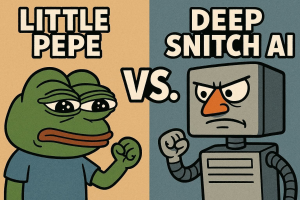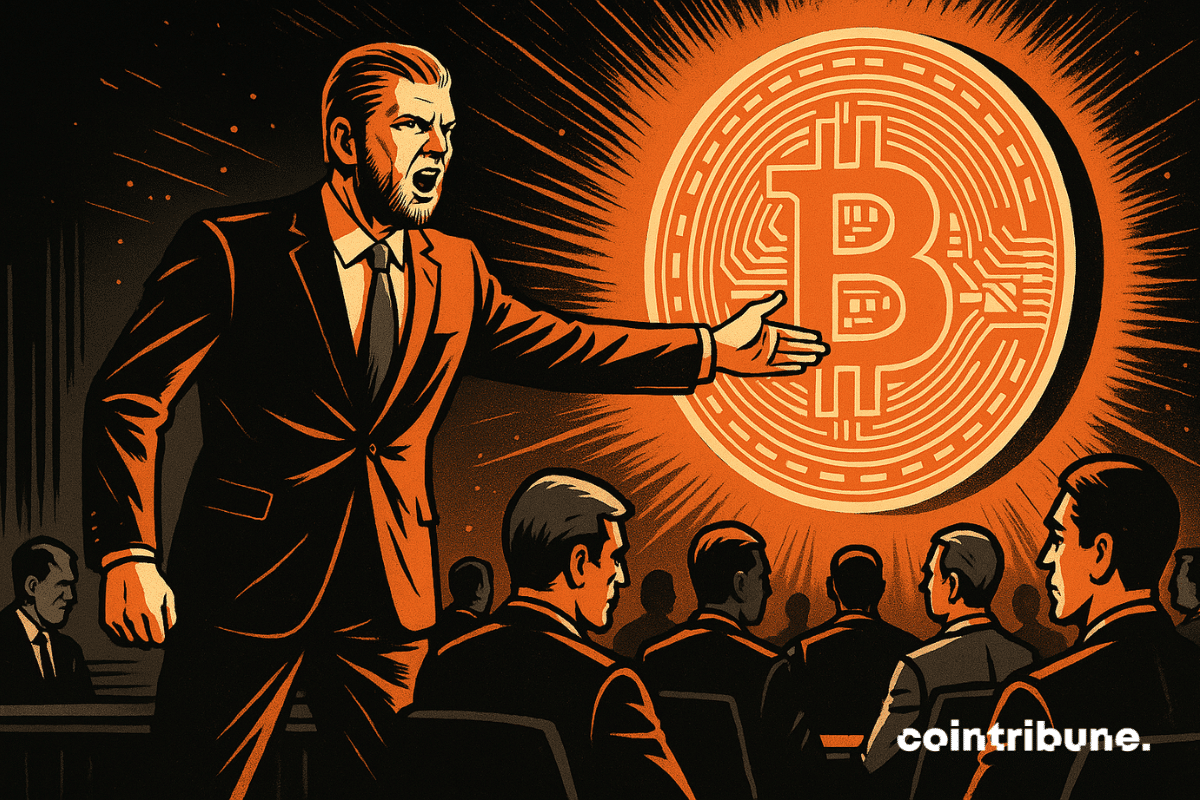Stablecoin giant Tether has changed its plan to freeze USDT smart contracts on five blockchains, opting instead to keep tokens transferable, though no longer issued or redeemed.
The affected networks are Omni Layer, Bitcoin Cash SLP, Kusama, EOS, and Algorand. Tether confirmed Friday that the decision followed direct feedback from those communities, stressing that while these chains will remain functional for transfers, they will not receive further official support.
Why the Change?
The company originally intended to fully freeze contracts starting Sept. 1, but backlash from developers and users pushed it to revise course. Instead, Tether said it will concentrate its resources on blockchains with proven adoption and strong developer activity.
That means Ethereum and Tron will continue to dominate Tether’s roadmap. Together, they carry more than $153 billion worth of circulating USDT, with BNB Chain in third place at $6.78 billion, according to DeFiLlama.
Limited Impact Beyond Omni Layer
Data shows Omni Layer is the most affected chain, still holding roughly $83 million USDT in circulation. EOS trails far behind with $4.2 million, while Kusama, Bitcoin Cash SLP, and Algorand together host less than $3 million combined.
Tether had already begun winding down support, halting new issuance on Omni, Kusama, and BCH SLP in 2023, followed by EOS and Algorand in 2024.
Stablecoins Enter a New Era
The update comes as the stablecoin market grows rapidly under fresh political momentum. With the GENIUS Act signed into law by President Donald Trump, the U.S. has formally embraced dollar-pegged tokens as part of its strategy to reinforce the greenback’s dominance in global trade.
Analysts believe the total stablecoin market could surge to $2 trillion by 2028, more than six times its current size of $285.9 billion. USDT and USDC already account for the vast majority of that supply, at $167.4 billion and $71.5 billion, respectively.
The information provided in this article is for informational purposes only and does not constitute financial, investment, or trading advice. Coindoo.com does not endorse or recommend any specific investment strategy or cryptocurrency. Always conduct your own research and consult with a licensed financial advisor before making any investment decisions.
Related stories
Next article
Source: https://coindoo.com/usdt-users-get-surprise-reprieve-as-tether-reverses-freeze-plan/


